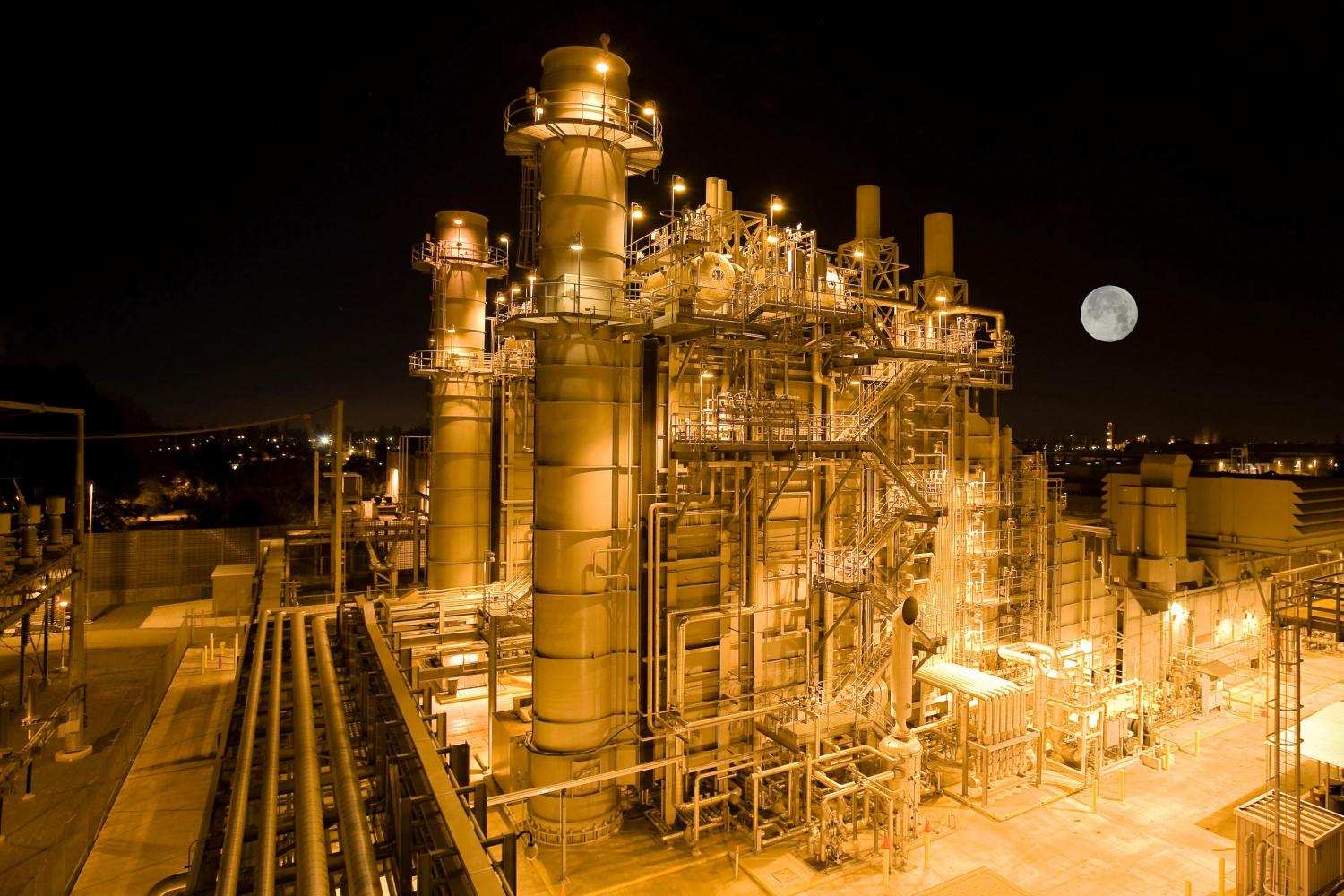
One chart says it all—or does it? Last week, wind and solar power advocates cheered when the U.S. Energy Information Agency posted a chart showing that renewable energy beat coal for electricity generation in April. That marked a historic reversal of fortune for coal. However, the battle to decarbonize the nation’s electricity profile is still far from over. There are some red flags hidden behind the EIA chart—and many opportunities for businesses to push the renewable energy envelope.
Natural gas and the decline of coal
The EIA chart traces the rise of renewable energy and the decline of coal since 2005. That’s not quite the same as renewable energy replacing coal, as EIA makes abundantly clear elsewhere in its reporting.
One significant factor not included in the new chart is competition from natural gas. EIA and other energy observers credit a flood of low-cost natural gas as the main driver of coal’s decline in the electricity generation sector.
Coincidently or not, the starting point of the chart—2005—marks the beginning of the ongoing natural gas fracking boom in the U.S. Low-cost natural gas began flooding the market after the George W. Bush administration loosened federal water safety regulations through the “Halliburton Loophole” of 2005.
Hydropower and the rise of renewable energy
Wind and solar fans have another reason to take caution when interpreting the new EIA chart. That’s because wind and solar are not the only resources EIA includes in the renewable energy category. In this chart, the agency includes hydropower among other renewable resources.
That’s important because hydropower is not a “new” renewable energy resource. Unlike modern wind and solar technology, hydropower has been a major part of the U.S. electricity landscape for almost a century, especially after the rural electrification programs of the 1930s.
In 2018, hydropower still accounted for 41 percent of U.S. renewable electricity production. That’s impressive, but unfortunately there is limited space for hydropower to grow in the U.S.
Overall hydropower production may increase somewhat as older facilities are upgraded, including the addition of energy storage features. However, its ability to accelerate the zero-emission trend will be limited.
That’s because the construction of large new hydropower facilities in the U.S. is unlikely, due to ecosystem impacts associated with dams and turbines. In addition, the upgrading of some facilities may be counterbalanced by environmental restoration projects that take others offline.
In other words, U.S. businesses can’t continue to rely on hydropower for stepping up the pace of the clean energy transition.
Wind power to the rescue
One big, bright spot on the horizon is the rapid pace of U.S. wind energy development. Last year, wind accounted for about 39 percent of total renewable electricity generation in the U.S., which means that it is closing in on hydropower.
Wind power is poised for another surge with a torrent of new offshore wind projects now in the pipeline along the Atlantic coast. Conditions on the Pacific coast make offshore development more challenging there, but new floating wind turbine technology is providing the means to overcome the obstacles.
When a boost in cleantech means more natural gas
All of this circles back to the continued role of natural gas in U.S. electricity generation. Despite a surge of activity in the renewable electricity field, EIA anticipates that electricity generation from natural gas power plants will increase, not decrease, in the coming years.
Utility-scale natural gas power plants accounted for 35 percent of U.S. power generation 2018. According to EIA, that will increase to 37 percent by 2020.
All else being equal, one reason to expect an increase in electricity from natural gas is the user end of clean technology. Electric vehicles and the related field of renewable hydrogen (produced by “splitting” water with electricity) will account for an increase in demand for electricity over the coming years.
Efforts to wean buildings from dependency on diesel fuel and natural gas will also have a consequential impact on overall demand for electricity. The building electrification effort is an expansive one that covers commercial and industrial users as well as millions of residential buildings, where gas is used for multiple household appliances.
U.S. businesses can lead on real decarbonization
Overall, electric vehicles and the building electrification movement will help reduce emissions from buildings and vehicles. However, the continued reliance on natural gas for electricity involves other impacts that cover a lot of other ground.
Evidence is growing that links natural gas drilling to air, water and public health impacts in local communities, exposing businesses to environmental justice issues as well as broader corporate social responsibility issues.
In addition, methane leakage all along the supply chain calls into question the idea that natural gas really is “clean” enough to make a difference in the effort to avert catastrophic climate change.
In sum, the new EIA chart does not mark the end of an era. It signals that there is still an urgent need for businesses to step up the demand for new wind and solar technologies that ensure a more sustainable future.
Image credit: American Public Power Association/Unsplash

Tina writes frequently for TriplePundit and other websites, with a focus on military, government and corporate sustainability, clean tech research and emerging energy technologies. She is a former Deputy Director of Public Affairs of the New York City Department of Environmental Protection, and author of books and articles on recycling and other conservation themes.














